News
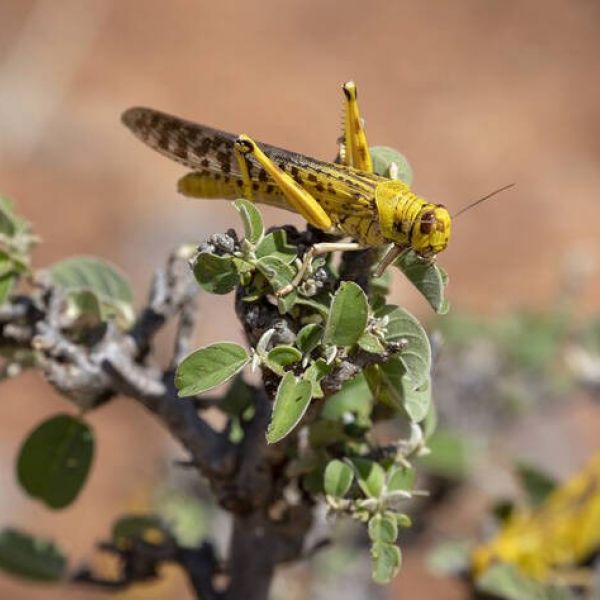
Jun 05, 2021
PlantVillage team lauded for projects to protect food supply amid COVID, locusts
Penn State researchers responsible for PlantVillage, a mobile app that helps farmers diagnose crop diseases and monitor pests, have been lauded for their work to help African farmers overcome challenges related to desert locusts and COVID-19.
Full Article
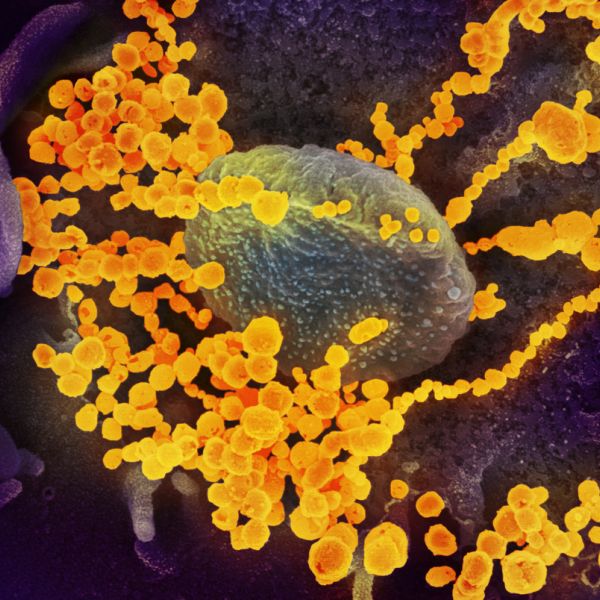
Jun 03, 2021
A potential new antiviral drug for COVID-19
The experimental drug TEMPOL may be a promising oral antiviral treatment for COVID-19, according to a new study of cell cultures by a team of researchers that includes Penn State scientists. TEMPOL can limit SARS-CoV-2 infection by impairing the activity of a viral enzyme called “RNA replicase.”
Full Article
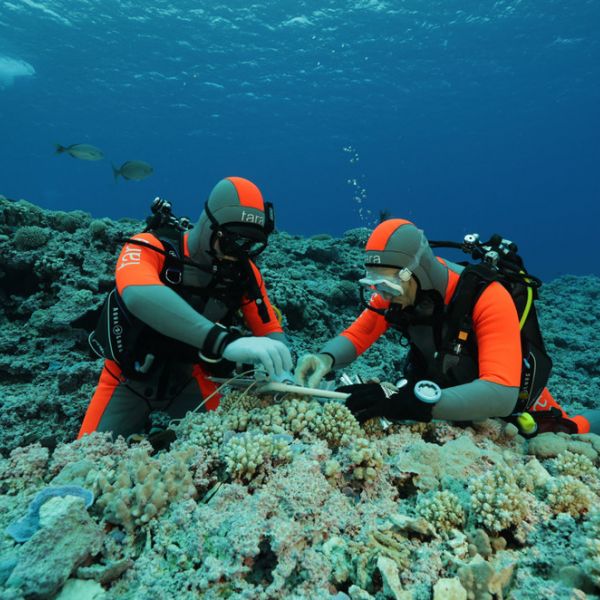
Jun 03, 2021
Penn State biologist and colleagues receive $4M to identify heat-tolerant corals
An international team that includes Penn State biologist Iliana Baums has been awarded a $4 million grant from the Paul G. Allen Family Foundation to identify corals that are naturally resilient to climate change. This is one of four newly funded projects supported by the foundation that are focused on the conservation and restoration of coral reefs in the context of the climate crisis.
Full Article
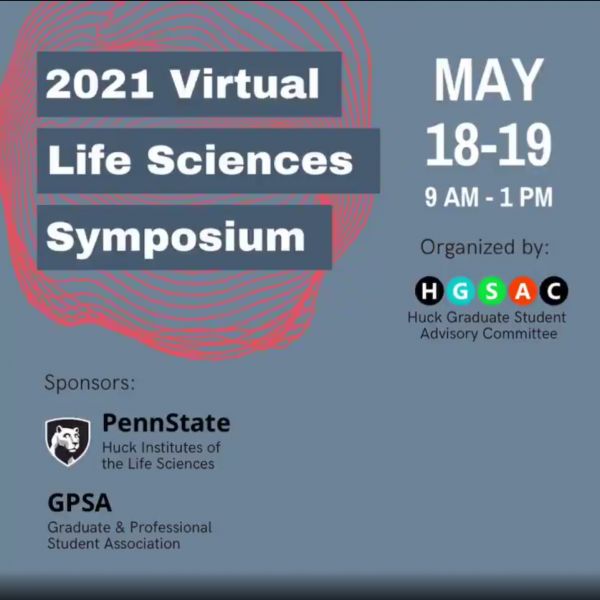
Jun 02, 2021
Huck Grad Students Hold Virtual Life Sciences Symposium
Huck Graduate Students organized a virtual Life Sciences Symposium, welcoming keynote speakers from Penn State and internationally, and giving awards for outstanding student presentations.
Full Article
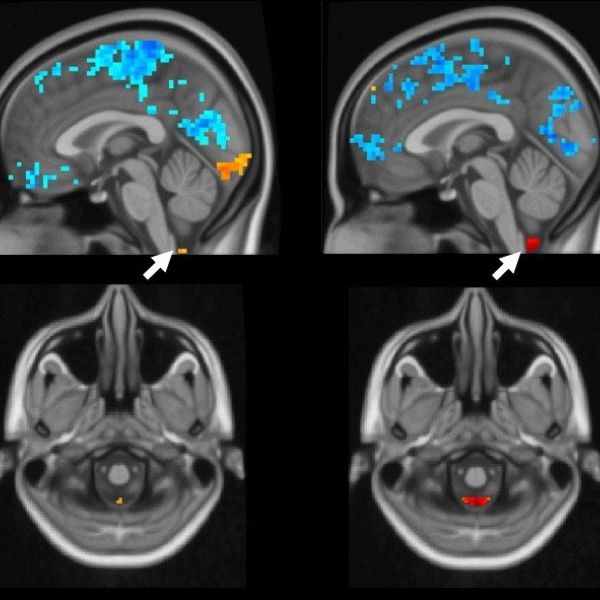
Jun 01, 2021
Coupled brain activity, cerebrospinal fluid flow could indicate Alzheimer's risk
Penn State researchers may have discovered a potential marker to clinically evaluate patients’ risk for Alzheimer’s disease through non-invasive imaging tests, according to a study published in PLOS Biology. The finding may have implications for diagnosis and treatment of the disease that results in significant cognitive decline, the researchers said.
Full Article
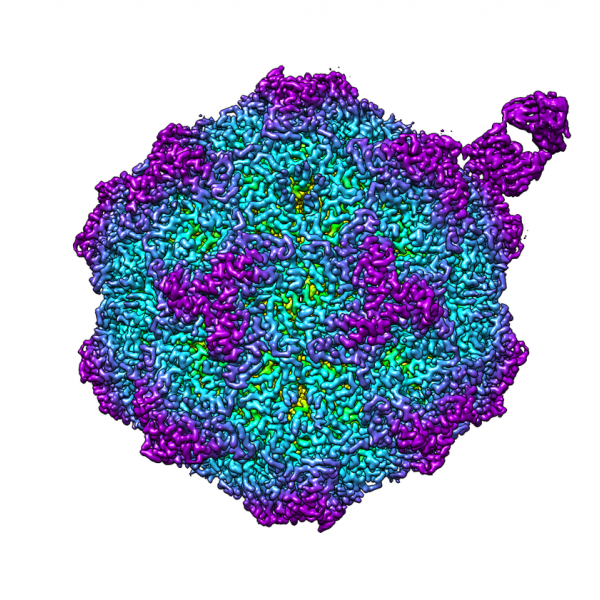
Jun 01, 2021
New images of canine parvovirus may help predict how virus jumps to new species
Canine parvovirus (CPV) is a highly infectious pathogen that causes severe diseases in unvaccinated dogs, including inflammation of the heart and acute gastrointestinal illness. Originating in cats, the virus is a rare example of a DNA-based virus that can jump between species, and a team of researchers’ discovery may help in predicting this and the virus’ ability to evolve, which could have implications for current vaccines used in dogs.
Full Article
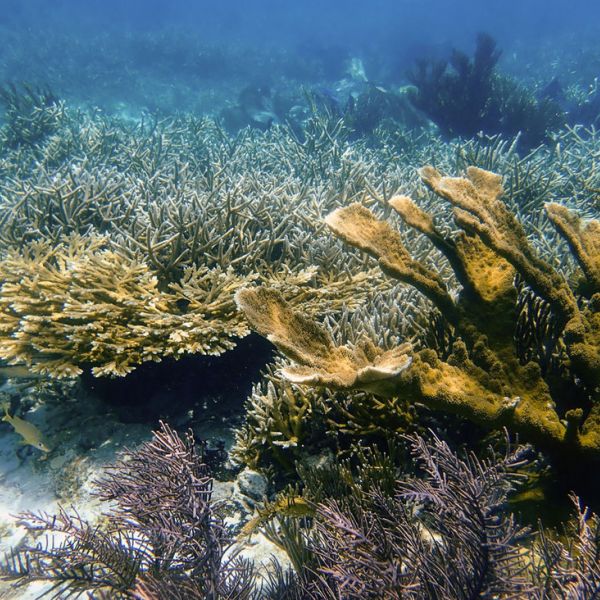
May 27, 2021
Reef-building corals and microscopic algae within their cells evolve together
The microscopic algae that live inside and provide nutrients to their reef-building coral hosts may be evolving in tandem with the corals they inhabit, so each partner is fine-tuned to meet one another’s needs. A new study by Penn State biologists reveals that genetic differences within a species of these microalgal symbionts correspond to the coral species they inhabit, a discovery that could have implications for the conservation of these endangered corals.
Full Article
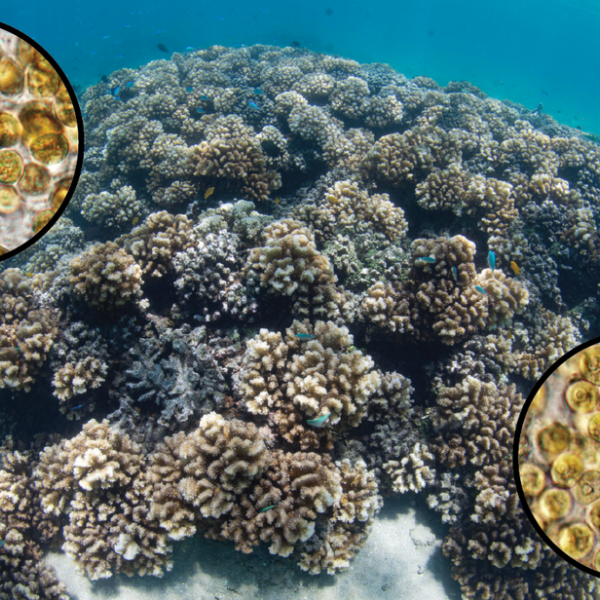
May 24, 2021
Widespread coral-algae symbioses endured historical climate changes
One of the most important and widespread reef-building corals, known as cauliflower coral, exhibits strong partnerships with certain species of symbiotic algae, and these relationships have persisted through periods of intense climate fluctuations over the last 1.5 million years, according to a new study led by researchers at Penn State.
Full Article
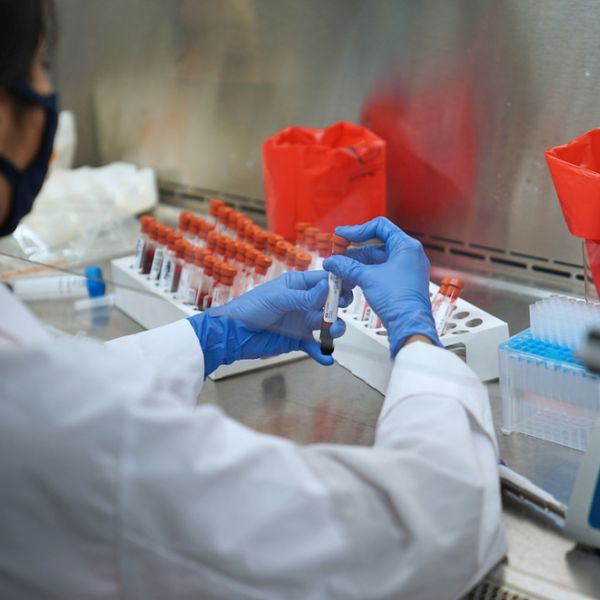
May 24, 2021
Data 4 Action enriches student experience while documenting pandemic
The Data 4 Action (D4A) project is comprised of dozens of Penn State researchers who are documenting the impacts of COVID-19 in Centre County. While the goal of the project is to assess the biological, psychological and social functioning of Penn State students and community members, the project is also providing new and impactful opportunities for a growing group of students working as research assistants.
Full Article

May 18, 2021
Sufficient knowledge but sense of information overload evident early in pandemic
Residents of central Pennsylvania had the information they needed to slow the spread of COVID-19 early on in the pandemic, but were overwhelmed with worries about mixed messages and distrust of some sources, according to Penn State College of Medicine researchers.
Full Article